Traveling Across France: Complete Guide To An Exceptional Journey
GUIDE
Traveling Across France: Complete Guide To An Exceptional Journey
France is a land made for exploring. In just a few hours, you can go from lavender fields to medieval villages, from glittering coastlines to majestic mountain peaks. Each region has its own soul, flavors, and hidden gems waiting to be discovered.
With the right itinerary — tailored to your pace and passions — your journey can be as indulgent, adventurous, or relaxing as you wish.
This guide is here to inspire and help you craft an unforgettable journey through France, blending comfort, discovery, and extraordinary experiences — whether by car, train, or plane.
Traveling Around France
Whether you have a car or not, traveling across France is easy and convenient. You can get from one side of the country to the other in just half a day. To ensure a smooth and comfortable journey, here are my recommendations for moving around France.
Renting a Car – The Best Option for Freedom and Comfort
Renting a car is without doubt the ideal solution when planning a road trip. It gives you complete freedom and allows you to reach hidden gems in remote areas.
Rental companies in France usually offer both manual and automatic cars. When booking, double-check the gearbox option and select what works best for you.
For peace of mind and a stress-free journey, I highly recommend choosing unlimited kilometers and purchasing full insurance coverage. This protects you against all damages (with no excess fees) and usually includes roadside assistance.
When it comes to fuel, options include petrol (“essence”), diesel, or electric vehicles. Make sure you know which type your rental car requires before refueling — you’ll find this information on the fuel door, dashboard, or in your rental contract.
If you’re considering an electric vehicle, charging stations are easy to find in major cities, towns, and along highways, but remain limited in rural areas.
Depending on your destination and space requirements, some cars will be more suitable than others. In general, I recommend a compact SUV or SUV: they are comfortable for long drives yet practical enough to navigate the narrow streets of French towns and villages.
If you plan to tackle more challenging routes, such as in the Alps with steep hills and winding roads, a four-wheel drive is more appropriate.
For larger groups or families, a minivan (up to 8 passengers) or a large SUV is the most convenient option.
💡 Tip: If you don’t want to drive long distances, you can always combine car rental with train travel for maximum flexibility.
Scenic drive through South of France
Train – A Great Alternative for Non-Drivers or Long Distances
If driving isn’t an option for you, you can still enjoy a road-trip-like journey by train — some even call it a “rail trip.” While trains won’t take you to remote villages, they are excellent for traveling between France’s major cities.
Once you arrive, local transportation (buses, trams, metro), taxis, or rideshare apps make it easy to get around. If you want to visit tourist sites outside the city without renting a car, consider booking an excursion: many tours include transfers directly from your hotel.
For tickets, the safest choice is the official French railway website SNCF Connect. You can also book through well-known platforms like Trainline or Omio.
Tickets can usually be booked up to 4 months in advance, and I recommend doing so early to secure the best prices and availability.
Plane – Possible, but Not Always Practical
Flying within France can be convenient, especially for long distances to or from Paris. However, once your journey is underway, flying is rarely the most efficient or enjoyable option. Airports are often located far from city centers, and when you factor in transfers, check-in, security, baggage claim, and the need to arrive well before departure, flying may take just as long — or longer — than traveling by train.
Another drawback: you miss out on the beautiful scenery along the way.
If you do decide to fly, the most reliable option is Air France, the national airline:
3 Regions to Consider for a Memorable Journey
No matter where you choose to go in France, you’re guaranteed a journey filled with beauty, culture, and unforgettable memories. Since it’s often necessary to make choices for your itinerary, here are three remarkable regions I highly recommend.
South of France – Scenic Escapes with Mediterranean Flair
The South of France is a safe bet if you’re looking for a journey full of discoveries and stunning scenery. Traveling along the French Riviera and through Provence’s countryside, you’ll encounter:
- colorful old towns such as Nice or Menton,
- glamorous destinations like Saint-Tropez, Cannes, or Monaco,
- hilltop villages with breathtaking views over the Mediterranean, like Èze,
- spectacular natural wonders such as the Gorges du Verdon,
- endless lavender fields and vineyards stretching as far as the eye can see.
For a more off-the-beaten-path experience, head further west into Occitanie. This region offers many of the same charms as the Riviera but is less crowded. Highlights include Toulouse — nicknamed La Ville Rose (“The Pink City”) — the medieval city of Albi, hilltop gems like Cordes-sur-Ciel, the UNESCO-listed citadel of Carcassonne, the dramatic Gorges du Tarn, and the seaside town of Collioure.
⏳ Suggested duration: At least 7 days to see the main highlights of Provence or Occitanie. For a more enriching journey, allowing time to uncover hidden gems and relax along the way, 10–15 days is ideal.
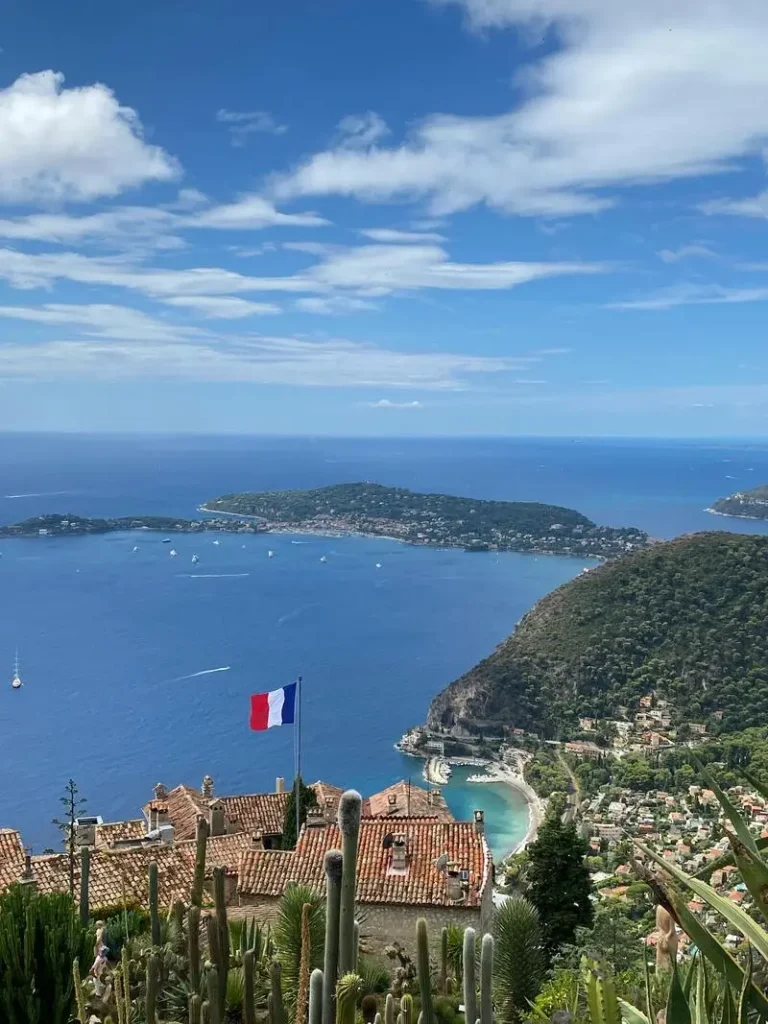
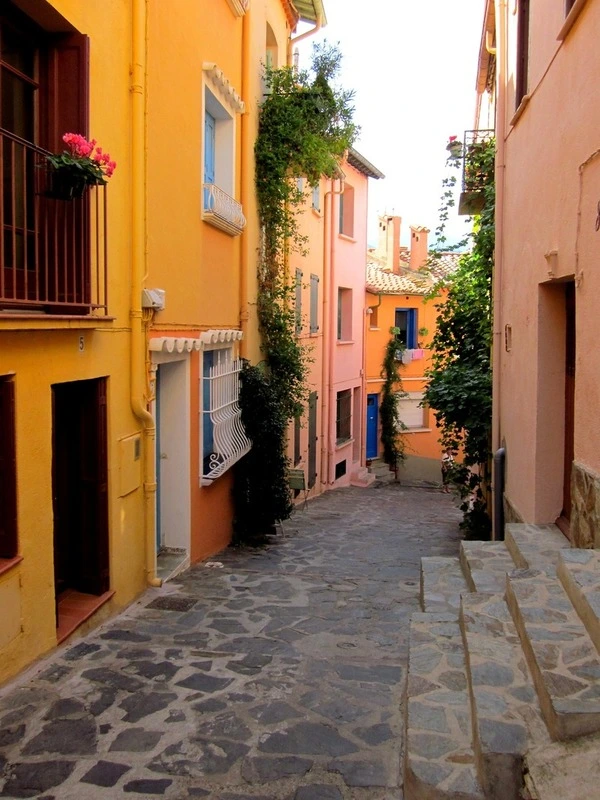
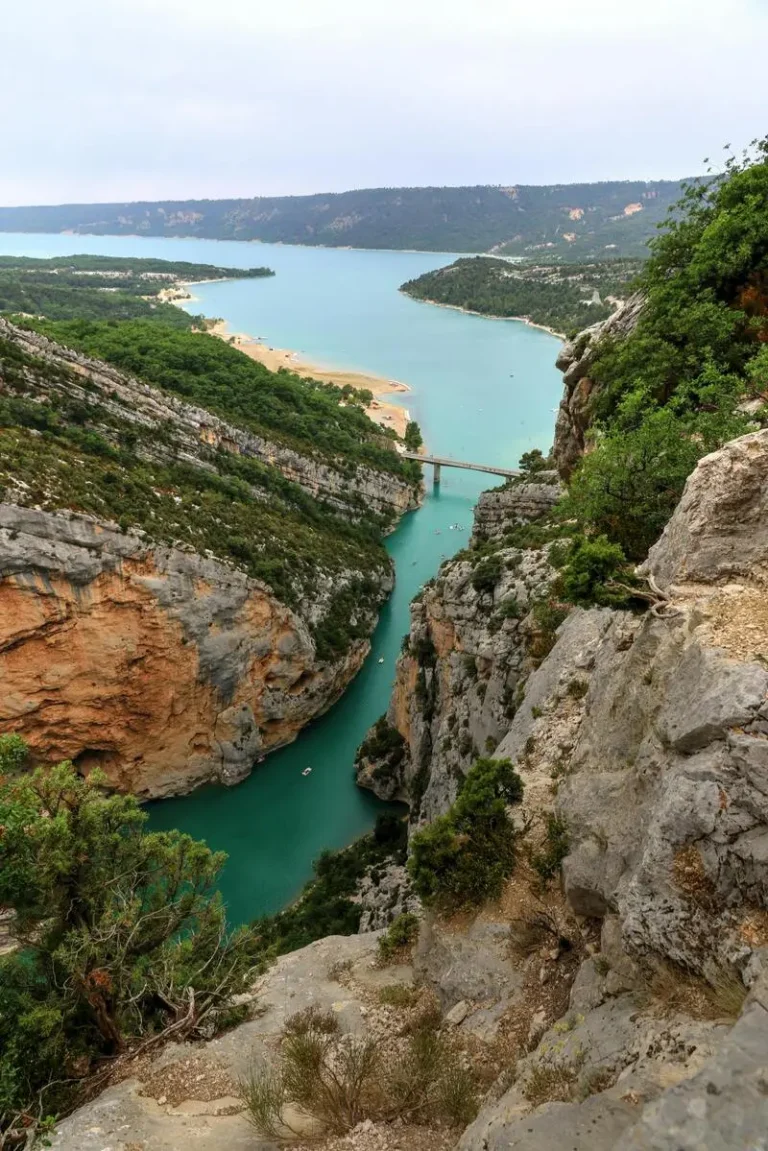
Eze, Provence
Collioure, Occitanie
Gorges du Verdon, Provence
Bordeaux and Its Surroundings – World-Class Wine and More
Bordeaux is synonymous with wine, but the region has so much more to offer beyond its prestigious vineyards. During a journey here, you can discover:
- world-renowned wine estates, including the Médoc and Saint-Émilion (both UNESCO-listed for their heritage),
- enchanting castles such as Château de Beynac or Château des Milandes in Dordogne,
- breathtaking natural sites like the Dune du Pilat, the tallest sand dune in Europe,
- laid-back seaside escapes at Cap Ferret on the Arcachon Bay,
- charming limestone villages along rivers, like Beynac,
- fascinating prehistoric sites such as the Lascaux Caves (Grottes de Lascaux).
⏳ Suggested duration: A minimum of 5–7 days gives you a solid overview. But the longer you stay, the more opportunities you’ll have to enjoy the region’s wines, explore countless castles, and soak up the relaxed atmosphere along the Atlantic coast.
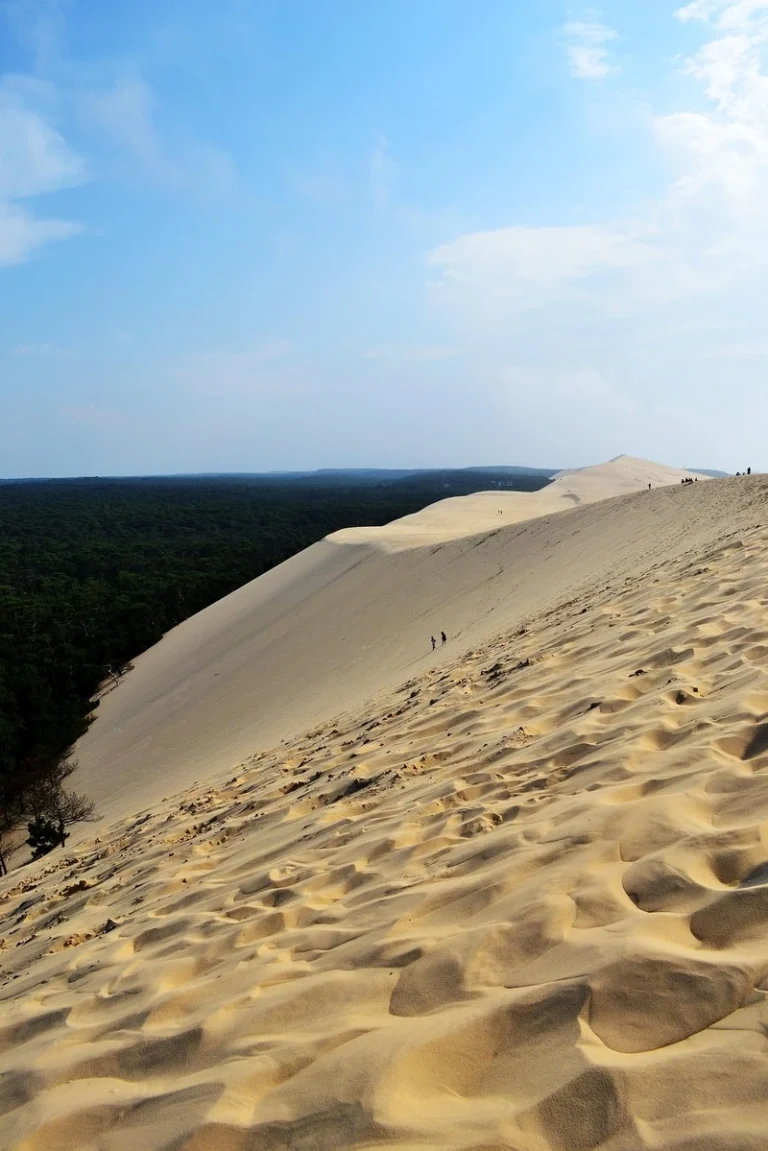


Dune du Pilat
Bordeaux Grand Cru wines
Château des Milandes
From Alsace to Lyon – Stunning Scenery and Culinary Traditions
An eastern France journey, from Alsace down to Lyon, combines picturesque landscapes with a rich culinary heritage. Along the way, you’ll discover:
- fairy-tale towns and villages such as Colmar and Riquewihr,
- the Alsace Wine Route, the oldest in France, dotted with family-run vineyards and steeped in history,
- the alpine charm of Annecy, with its crystal-clear lake and dramatic mountain backdrop,
- the gastronomic capital of Lyon, home to legendary Mères Lyonnaises and world-renowned culinary artisans.
⏳ Suggested duration: Plan for at least 6 days to capture the essence of this route. Adding a few more days will allow you to explore further at a relaxed pace without rushing between stops.


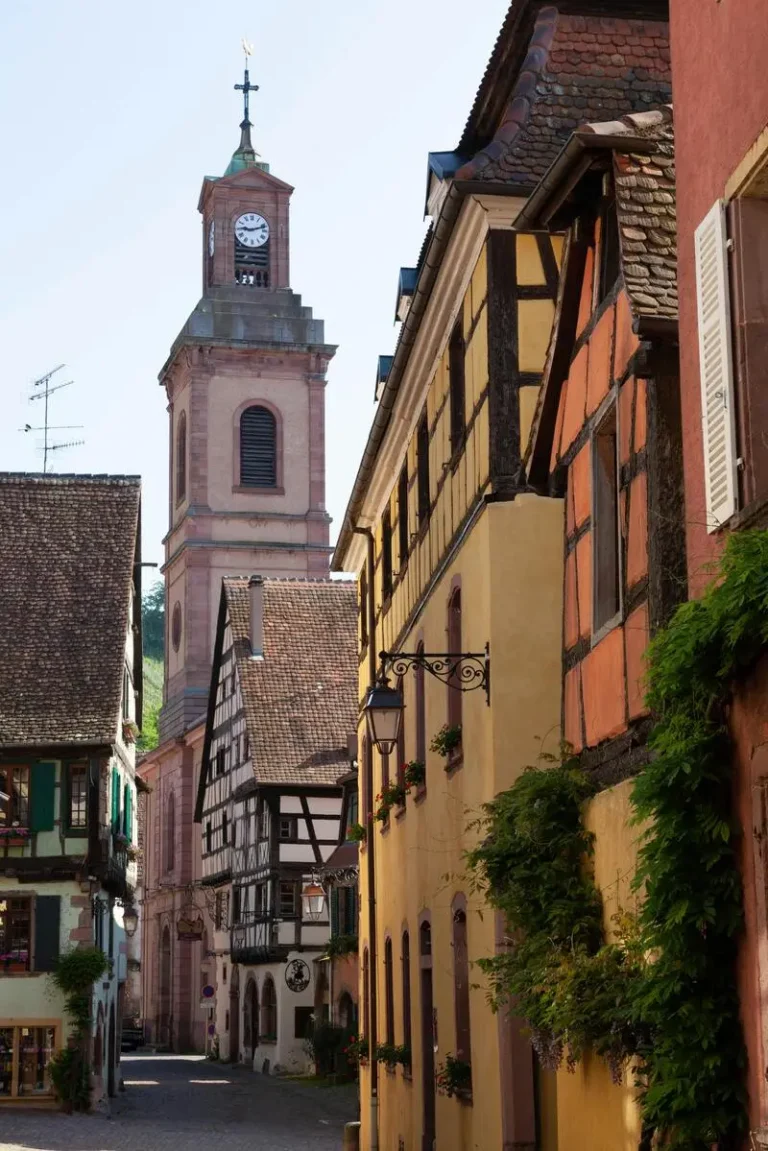
Lake Annecy
Tarte flambée, a must-try specialty from Alsace
Colorful streets of Riquewihr in Alsace
Selecting charming and well-appointed accommodations that suit you
The choice of accommodation plays a key role in making your journey both comfortable and memorable. Beyond being a place to sleep, well-appointed hotels, guesthouses, or boutique stays can elevate your journey by combining convenience, character, and relaxation.
When booking, prioritize well-located accommodations that allow you to easily reach the sites you want to visit. They should also provide suitable parking for your car — a detail that becomes especially important in major cities where public parking is limited. These small considerations make a big difference in ensuring a stress-free and enjoyable journey.
Another way to enhance your experience is to choose stays that match your travel style and personal needs.
Guesthouses for authenticity and connection
For those who appreciate an intimate, authentic atmosphere, a thoughtfully selected guesthouse is an excellent choice. Often located away from the busiest areas, guesthouses offer a sense of exclusivity and warmth, where you can enjoy friendly exchanges with local hosts. They’re perfect for adding a genuine and laid-back touch to your journey.
Hotels with amenities for relaxation
If your journey is long and packed with discoveries, you may want to plan for moments of rest and relaxation. In this case, opt for a hotel that offers more than just a bed for the night. Booking at least one or two nights in accommodations with well-being amenities — such as a spa, swimming pool, room service, or gym — is a great way to recharge after hours on the road and to fully enjoy the following stages of your trip.
Of course, you don’t always need something elaborate: a good hotel where you can rest and enjoy a hearty breakfast before getting back on the road will already do the job perfectly.
Inspiring experiences to enrich your itinerary
One of the best ways to truly discover the places you visit in France is by adding immersive experiences to your journey. Beyond simply driving from one destination to another, these moments will give you a deeper connection with the regions, their traditions, and their people.
A private guided tour is one of the most rewarding options. Whether or not you have your own transportation, a knowledgeable local guide makes exploring much easier and more enriching. They’ll take you to must-see landmarks as well as hidden gems only locals know, while sharing insider tips and fascinating stories that bring each place to life. With their help, you’ll see each destination from a fresh perspective and gain a richer understanding of its culture.
Adding these kinds of experiences ensures that your journey is not only about the destinations but also about the memories you create along the way.
Discover local craftsmanship on a private tour
Practical Tips for a Seamless Journey
Research your destination in advance
To truly experience the best of each place, it’s important to do a bit of research before you go. Find out the best time to visit, how long to stay, and whether there are any opening restrictions for certain landmarks or attractions. If you’re traveling by car, make sure you are familiar with French traffic regulations to ensure a smooth journey.
Plan your route carefully
Mapping out your journey ahead of time will help you avoid stress and maximize your experience. Pin the places you want to visit, and check the distance and travel time between each stop. Tools such as Google My Maps (to plot and connect your stops) or Rome2Rio (to compare transportation options and travel times) are excellent resources to organize your itinerary.
Take time to rest
Don’t underestimate the importance of breaks. Whether you’re driving alone or with companions, schedule regular stops to stretch your legs and recharge. For longer journeys (more than a week), it’s also essential to plan a few slower days dedicated to relaxation. This will allow you to truly savor your journey and return home refreshed rather than exhausted.
Make It Effortless with a Travel Designer
Planning the perfect journey in France takes time — from routes and stays to unique experiences. To skip the stress and savor only the magic, turn to a local travel agency: with tailored itineraries, insider tips, and private tours, your dream journey becomes effortless. All you need to do is enjoy the ride.
Let the inspiration continue…
Discover journeys designed to connect you with the essence of France — at your pace, on your terms.
